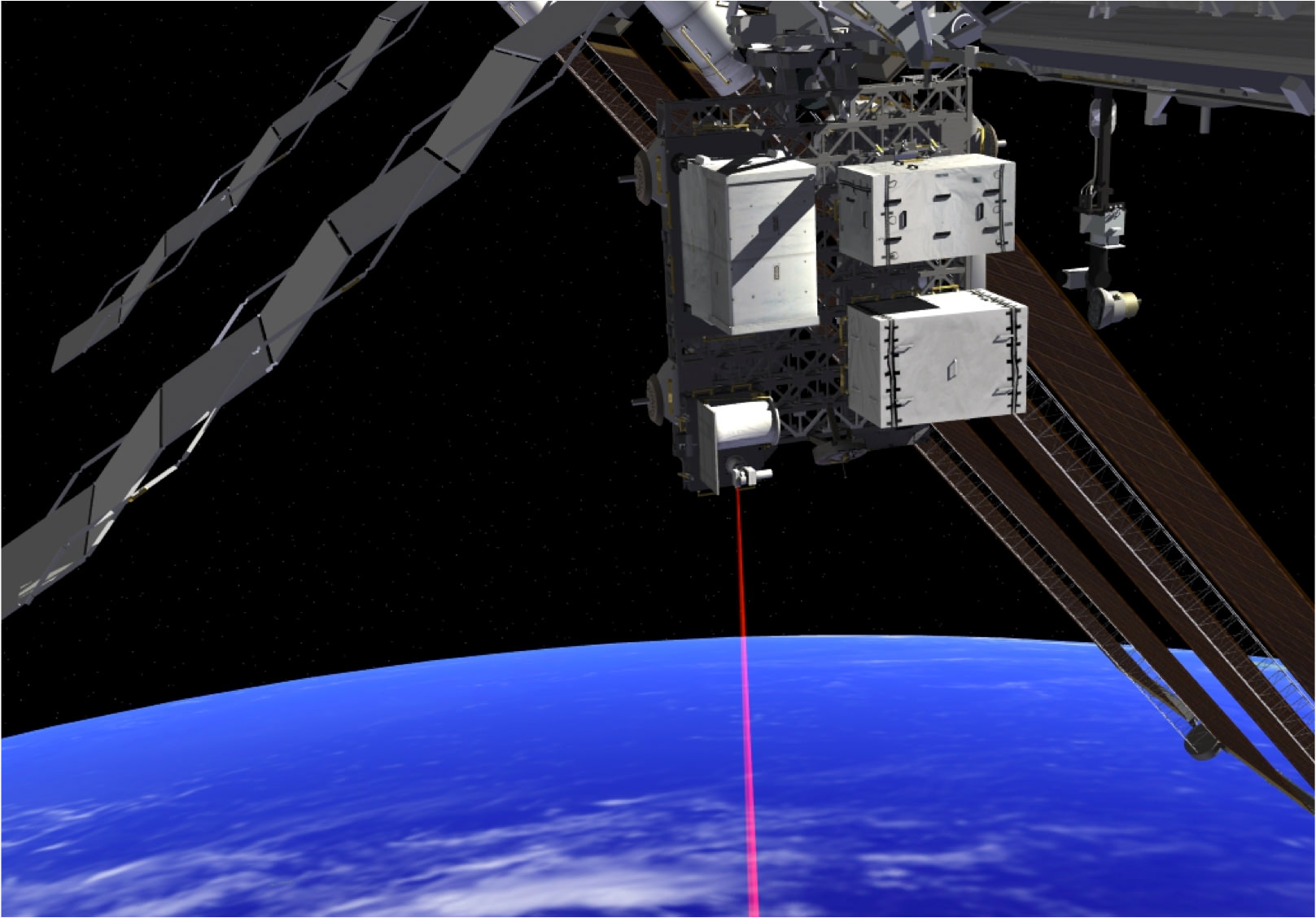What’s the first thing you would say to Earth if you were sending a message from space? Well, the old computer expression “Hello, World!” seems apt. That in fact was the content of the video message sent by laser from an experiment on the International Space Station that aims to speed up communications in space.
Laser could change communications with spacecraft forever. For half a century we’ve been used to puttering around with radio waves, receiving a few bits of information at a time, which makes transmitting images and videos from distant planets an exercise of patience.
Enter the OPALS (Optical Payload for Lasercomm Science) payload, which transmitted the video (which you can watch above) at a maximum of 50 megabits per second — the standard speed for many home Internet connections. The testbed technology could speed up comms about 10 to 1,000 times faster than traditional radio, which would definitely get science information to the ground faster. The tradeoff is you have to be extremely precise.
“Because the space station orbits Earth at 17,500 mph [28,200 km/h], transmitting data from the space station to Earth requires extremely precise targeting,” NASA stated. “The process can be equated to a person aiming a laser pointer at the end of a human hair 30 feet away and keeping it there while walking.”
OPALS did this by communicating with a laser beacon at the Table Mountain Observatory in Wrightwood, California. The transmission took 148 seconds, and the video message itself only took 3.5 seconds for each copy to come to Earth — compared with 10 minutes under traditional methods!
Laser communication has been tested as far away as the moon; for example, in 2013 NASA’s Lunar Reconnaissance Orbiter transmitted the Mona Lisa via laser.
You can read more technical details of the laser messaging goodness from the space station in this past Universe Today story.
Source: Jet Propulsion Laboratory

